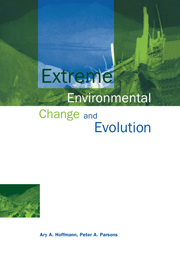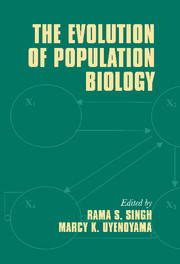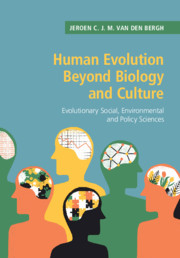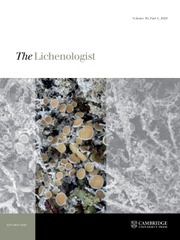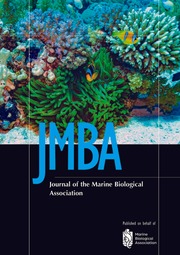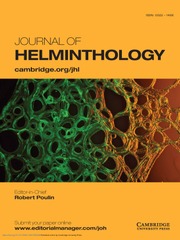Extreme Environmental Change and Evolution
Most natural populations experience extremely stressful conditions. This book discusses how such conditions can cause periods of intense selection that increase both phenotypic and genetic variation, and allow organisms with novel characteristics to be first generated and then established in the population. Using evidence from the fossil record, the authors argue that stressful conditions can have a major impact on the environments. They also suggest that as a consequence, periods of stress must be taken into consideration when long term conservation strategies are planned, particularly as stressful conditions emerge as a result of human activities. This broad overview will be of great interest to students and researchers in the field of evolutionary biology, genetics, ecology, paleontology and conservation biology.
- Leading lights in the field
- Very trendy area of evolutionary biology due to awareness of human impact on the environment
- First text for this level
Reviews & endorsements
"Overall, I found Extreme Environmental Change and Evolution to be an intriguing, well-written, and extensively researched text. This book is a must-read for graduate students, conservation wardens, and evolutionary biologists, as well as those interested in gaining more insight into punctuated equilibrium." Natural Areas Journal
"This well researched, compact volume fills an important gap in evolutionary literature, namely the role of extreme environmnets, with major climatic changes as most significant." E.J. Kormondy, Choice
"This well researched, compact volume fills an important gap in evolutionary literature, namely the role of extreme environmnets, with major climatic changes as most significant." E.J. Kormondy, Choice
"[U]seful introduction to the gap between the ecology and evolution of stress tolerance fitness...Extreme Environmental Change and Evolution is an example of a good synthesis of natural history, laboratory and molecular evidence, making a strong case for the association of evolution with environmental stress in various forms. Its clear arguments and unmathematical nature would seem to make it a useful aid to an introduction to evolution, as well as strongly representing an interesting, challenging and somewhat neglected area of evolutionary research." Canadian Society of Environmental Biologists Newsletter
Product details
July 1997Hardback
9780521441070
272 pages
236 × 159 × 19 mm
0.5kg
71 b/w illus. 16 tables
Available
Table of Contents
- Preface
- 1. Introduction
- 2. Variation under extreme environments
- 3. Natural selection in extreme environments
- 4. Limits to adaptation
- 5. Evolutionary outcomes: comparative and optimality approaches
- 6. Extinction, diversification and evolutionary rates
- 7. Conservation and future environmental change
- References
- Index.

